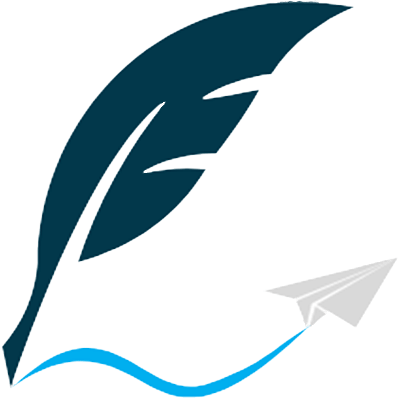Using advanced competitor and SERP intent analysis, our team uncovers areas where your page is falling short and provides guidance to correct those issues. Title tags and meta descriptions are two of the most critical elements of on-page SEO. Title tags appear in search engine results pages (SERPs) and should accurately describe the content of the page. Meta descriptions, on the other hand, provide a brief summary of the page’s content and should entice users to click through. When optimizing title tags and meta descriptions, it’s essential to include your target keyword and make sure they are descriptive, concise, and compelling.
Enhanced User Experience
- A common practice is to use the target keyword as close to the beginning of the title tag as possible.
- Although Google says that meta descriptions are not a ranking factor, like title tags, they are incredibly important for click-through rate.
- Whether it’s a mobile phone, tablet, or computer, your audience will get the best experience for their device.
Each page should have one H1 tag, and H2 tags to outline the main categories of information on the page. We are a link building agency We offer custom outreach campaigns and white label link building. This means the best way to get firm pricing for your SEO campaign is by speaking with SEO specialists who can do some industry research and help you develop a sound plan. People often overlook technical SEO because they believe it’s too complicated. A comprehensive SEO strategy typically includes both on and off-page SEO.
It is a crucial framework used by Google to evaluate the quality of content and the credibility of websites. Demonstrating strong E-E-A-T signals improves your site’s chances of ranking higher in search results. Mobile screens are smaller, so your content should be easily read without zooming.
Could you replace any links or move a link to help guide someone to the next page? Make sure all pages are linked correctly in your header and footer navigation too. Avoid using overly long phrasing and special characters so that your URL looks neat and is easier to remember. If your URL is formatted correctly, search engines may automatically create breadcrumbs that will appear in SERP, which can point more traffic to your site. If you don’t have access to a keyword research tool, try brainstorming phrases that someone would search to find what you’re offering and look at which terms competitors rank for. If major corporations are taking up most top spots in a SERP, it’s a good sign you might want to look for a less competitive keyword option.
This means they’re practically invisible unless someone has its direct URL, or stumbles upon them through an external link. A backlink is a link from one website to another, considered a vote of confidence and authority in the eyes of search engines. On-Page SEO involves optimizing individual web pages to rank higher in search engines. On Page SEO is all about optimizing the elements on your website.
Optimizing on-page SEO is entirely different from off-page SEO, which is BHS Links optimizing for external signals that take place off of your website (for example, backlinks). The free Seobility plan already includes a comprehensive SEO site audit for up to 1,000 subpages! To sum up, on-page SEO uses factors that can be controlled, while off-page SEO uses factors that can’t be controlled. Both of these factors are important for your SEO campaign, which is why most SEO service packages include both on-page and off-page SEO. You can use various types of visual elements to engage your audience. These are all great for catching your audience’s interest and giving them relief from all the text on your page.
A Comprehensive On-Page SEO Checklist for 2024
A healthy site includes regular content updates, a ranking factor known to search engine as “freshness.” Good content puts you on the search map, new content can keep you there. The URL of a page, which is also known as a slug, is a permanent link. An optimized URL should be less than 255 characters, and hyphens ‘-‘should be used to separate the different parts of the URL. Furthermore, it should be short, descriptive, and include your target keywords. Yes, on-page SEO is crucial for improving search engine rankings and driving organic traffic.
Once again, Google has a Mobile Friendly Test tool that you can use to check yours. If it rates poorly, you know you have some adjustments to make. All of the elements mentioned above are helpful, but in the end the most important on-page element that will affect your rankings is the content. It’s just another small way to help Google better understand what the topical focus of your page is.
You can improve visibility, usability, and overall site performance by aligning these elements. Before you learn how to create an SEO strategy, you need to understand what it is and what it entails. The successful implementation of an efficient strategy allows you to gain more search engine traffic, significantly boosting your sales and authority. Internal links help users navigate between the different pages on your site and they’re great for SEO. Just like a human visitor, search engines will click on links to visit different pages on your site.
In Chapter 2, we discussed the importance of having a crawlable website. Part of a website’s crawlability lies in its internal linking structure. A common misconception is that more keywords translate to better SEO. This can lead to keyword stuffing, which harms readability and user experience, potentially resulting in search engine penalties.
